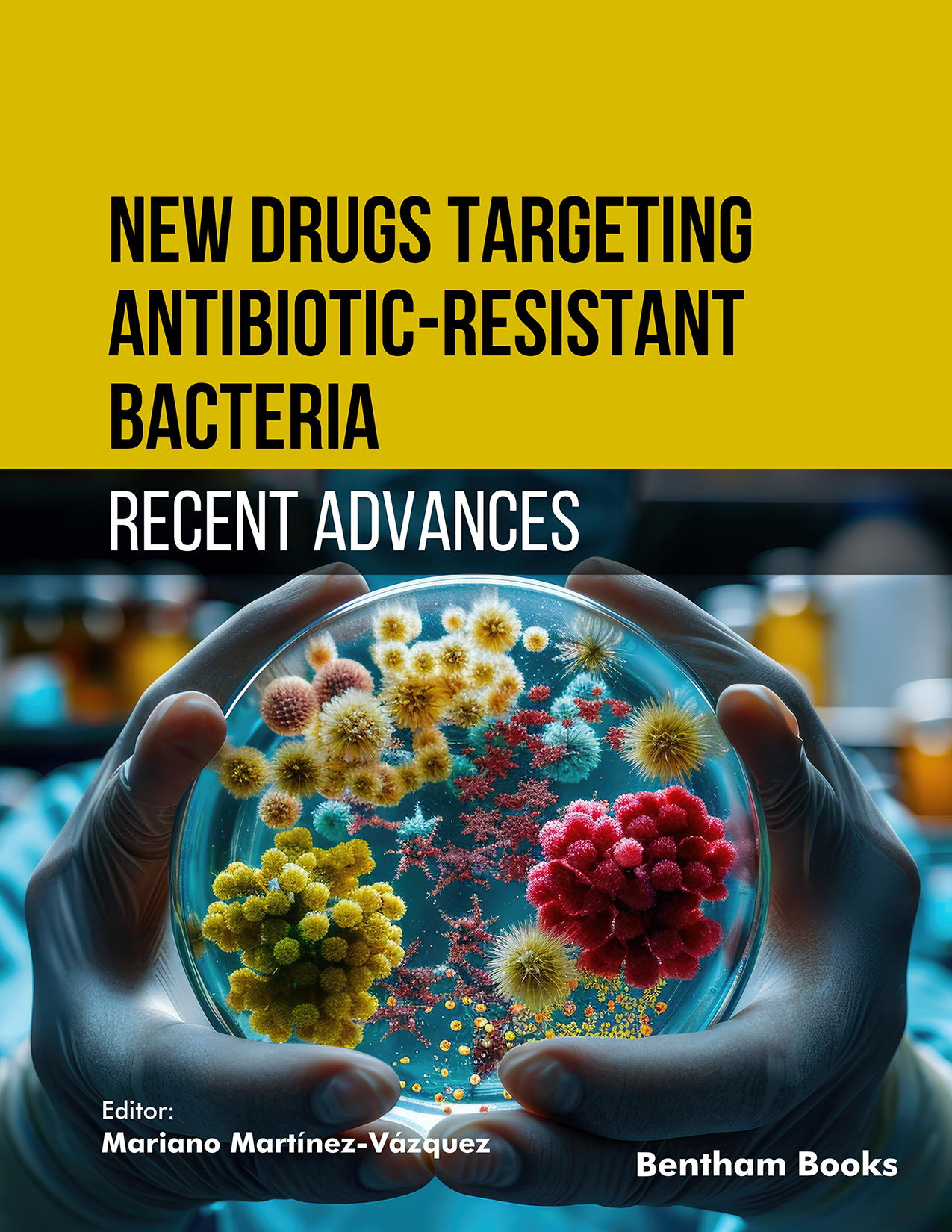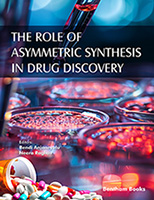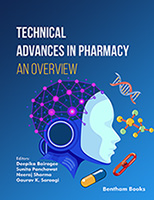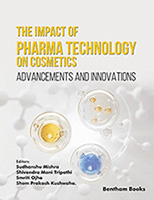Introduction
New Drugs Targeting Antibiotic-Resistant Bacteria: Recent Advances examines the molecular, pharmacological, and clinical dimensions of resistance development and highlights innovative therapeutic approaches aimed at overcoming multidrug-resistant organisms (MDROs), providing an in-depth exploration of emerging strategies to combat one of the most urgent public health challenges of our time—antimicrobial resistance (AMR).
Beginning with the mechanisms underlying bacterial resistance such as β-lactamase production, efflux pump activity, and membrane protein modification, the text underscores the growing threat posed by ESKAPE pathogens and CDC-classified priority infections. Chapters also explore cutting-edge interventions including bacteriophage therapy, discovery of novel antibacterial compounds from natural sources, and the use of nanoparticles and quorum-sensing inhibitors to suppress bacterial virulence.
Further sections discuss carbapenemase-mediated resistance, emphasizing enzyme classification, detection strategies, and the importance of clinical microbiology in guiding antibiotic stewardship. By integrating one-health perspectives that consider human, animal, and environmental dimensions, this book presents a holistic roadmap for addressing resistance evolution through innovation and responsible antibiotic use.
Key Features
- - Examines the molecular mechanisms driving antibiotic resistance in key bacterial species
- - Explores bacteriophage therapy as a promising alternative to conventional antimicrobials
- - Discovers natural-source compounds and novel drug leads for future antibiotic development
- - Analyses carbapenemase-mediated resistance and clinical detection techniques
- - Evaluates new therapeutic approaches including nanoparticle-based treatments and quorum-sensing inhibition
- - Promotes the one-health approach to tackling multidrug-resistant organisms globally
Target Readership
This volume is an essential resource for researchers, microbiologists, clinicians, and graduate students in pharmaceutical sciences, biomedical research, and microbiology. It also serves as a valuable reference for professionals developing next-generation antimicrobial agents or implementing antibiotic stewardship programs.




